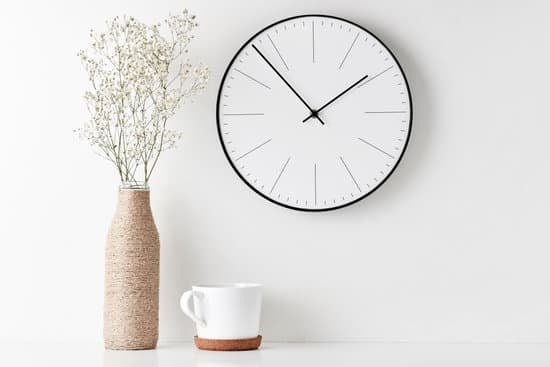Load-Bearing Walls: Understanding their Vital Importance
Load-bearing walls are the backbone of any building. These walls are designed to carry a significant amount of weight and transfer it down to the foundation. As a result, these walls are critical to ensuring your home is structurally sound. Load-bearing walls typically run the length of the building and are perpendicular to the floor joists. They can be made of concrete, masonry, or wood. One key aspect of load-bearing walls is that they are not easily removed or modified. If you want to make changes to a load-bearing wall, you need to work with an experienced contractor who can properly support the weight of the structure. Removing a load-bearing wall without proper support can cause significant damage to your home. Key point: Load-bearing walls are crucial for ensuring the structural integrity of your home, and should only be modified by an experienced contractor.Shear Walls: Their Role in Keeping Your Home Safe
Shear walls are another critical type of wall in residential construction. These walls play a key role in keeping your home safe during natural disasters, such as earthquakes or high winds. Shear walls are designed to resist lateral forces, such as those caused by seismic activity or wind. In particular, shear walls help to distribute these forces evenly across the entire structure, helping to prevent damage or collapse. Shear walls are typically made of reinforced concrete, masonry, or wood. Key point: Shear walls are crucial for protecting your home during natural disasters.Non-load-bearing Walls: Versatile and Style-Focused
Non-load-bearing walls serve a different purpose than load-bearing and shear walls. These walls are not designed to support weight, and therefore offer greater flexibility in terms of design and functionality. Non-load-bearing walls can be used to create separate rooms, add privacy, or simply add style and character to a space. Because non-load-bearing walls do not carry weight, they can be made from a wider variety of materials, including drywall, wood, or metal studs. This versatility allows you to customize your space to your specific preferences, without compromising the structural integrity of your home. Key point: Non-load-bearing walls offer greater flexibility in terms of design and functionality, and can be made from a variety of materials.Distinguishing Between the Three Types of Walls
It’s important to understand the differences between load-bearing, shear, and non-load-bearing walls, as they each play a critical role in the construction of your home. Here are some key factors to keep in mind:- Load-bearing walls are designed to support weight and transfer it to the foundation.
- Shear walls are designed to resist lateral forces during natural disasters.
- Non-load-bearing walls are not designed to support weight, and can be used for a variety of purposes.
Differentiating Between Load-Bearing and Non-load-bearing Walls
While load-bearing and non-load-bearing walls serve different purposes, it’s not always easy to tell them apart. Here are some key differences to keep in mind:- Load-bearing walls typically run the length of the building and are perpendicular to the floor joists.
- Non-load-bearing walls can be added or removed more easily than load-bearing walls, as they are not critical to structural integrity.
- Load-bearing walls cannot be removed or modified without proper support, while non-load-bearing walls can be changed to suit your needs.





















